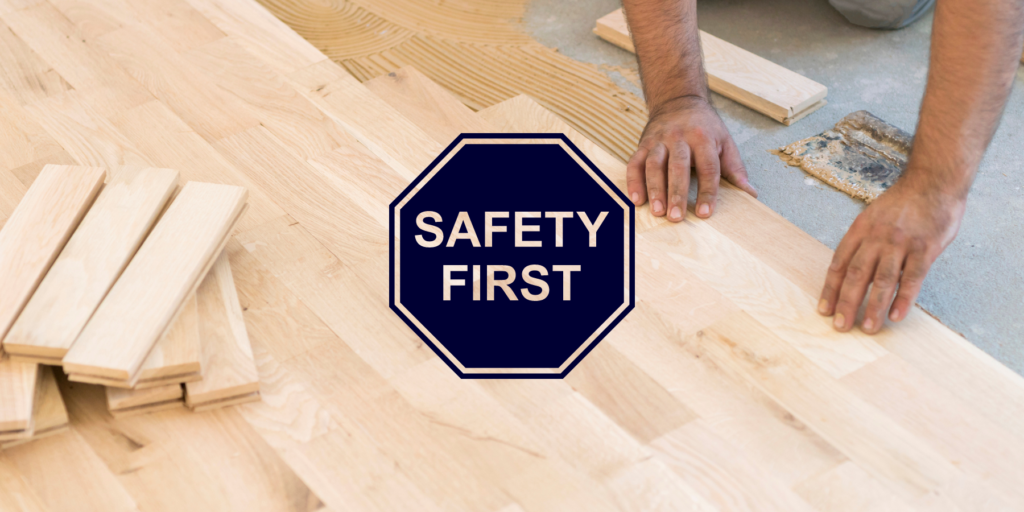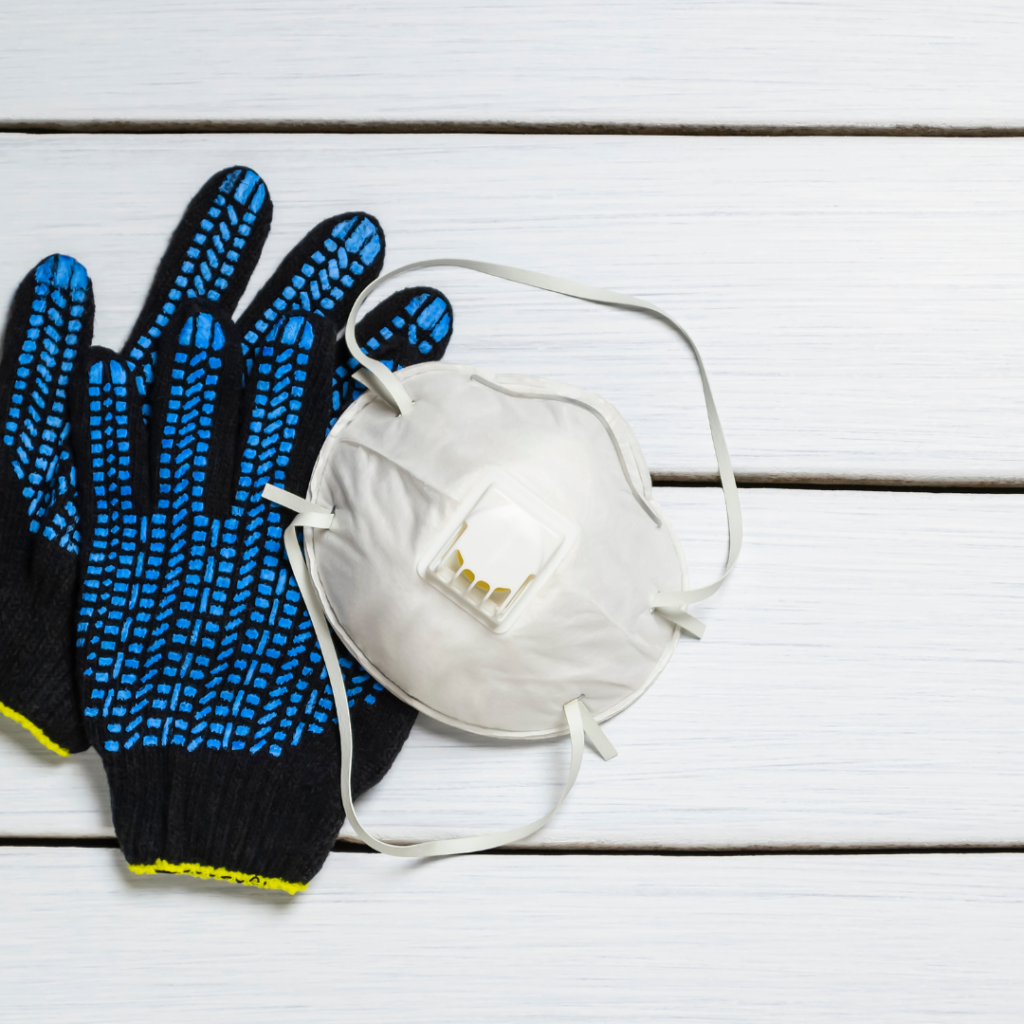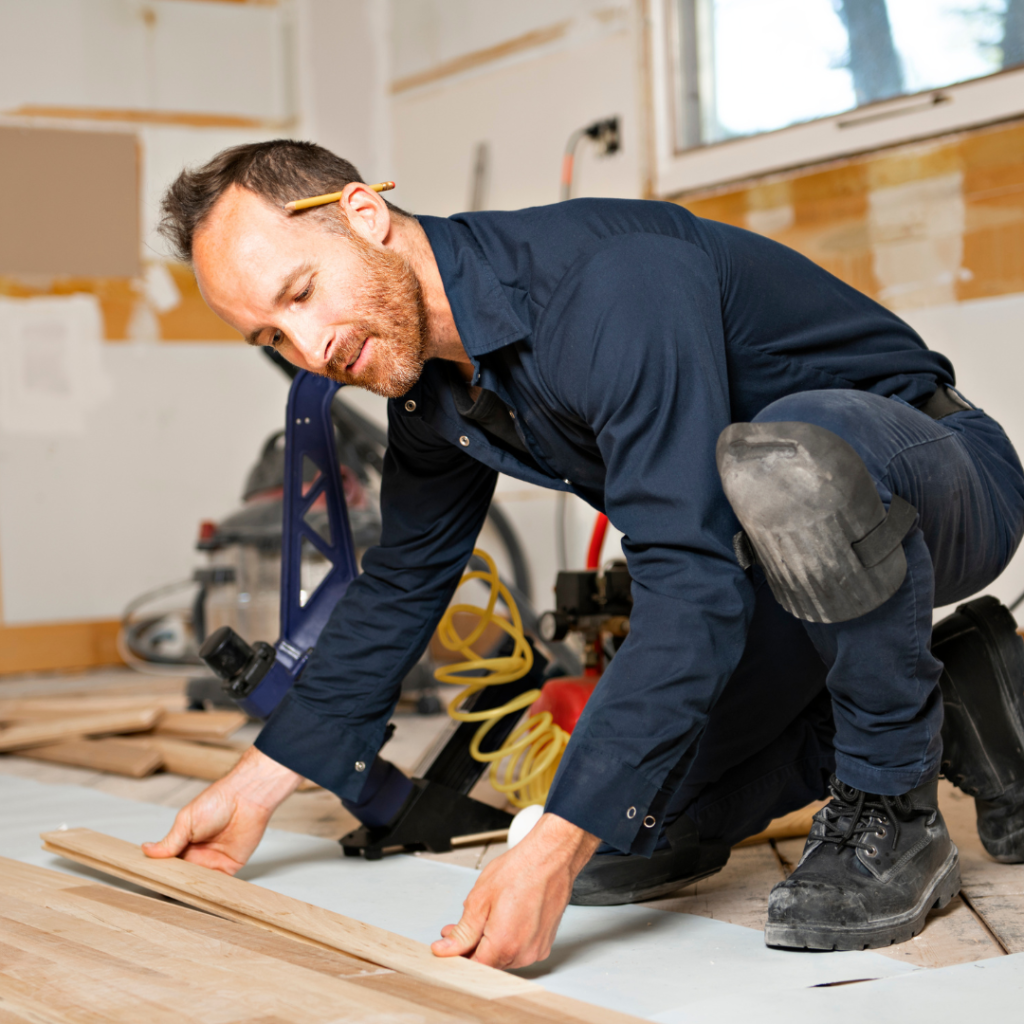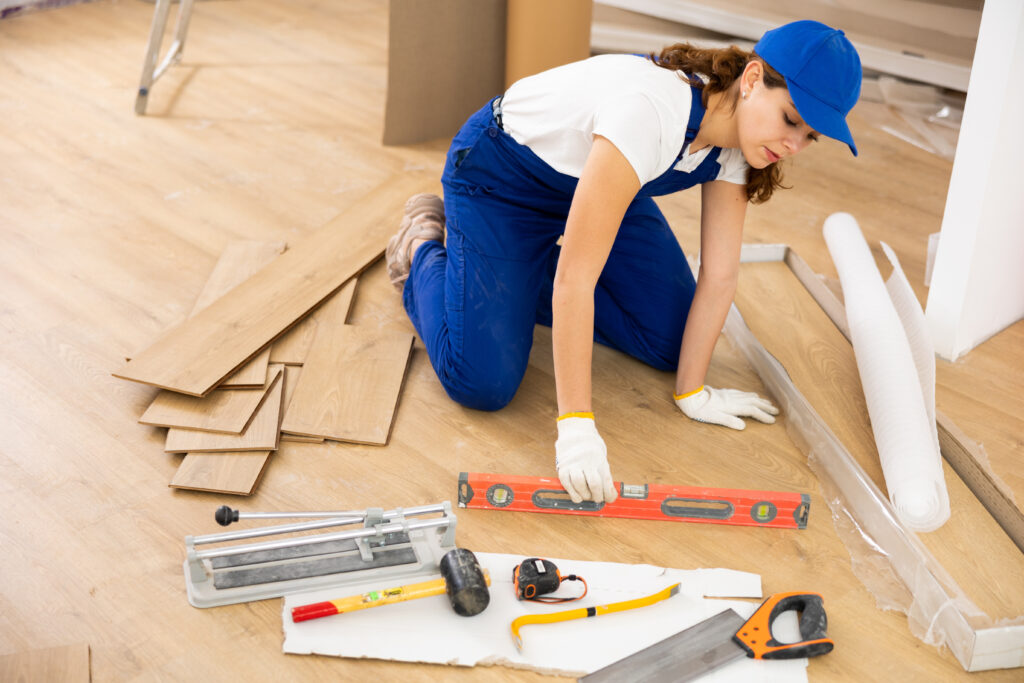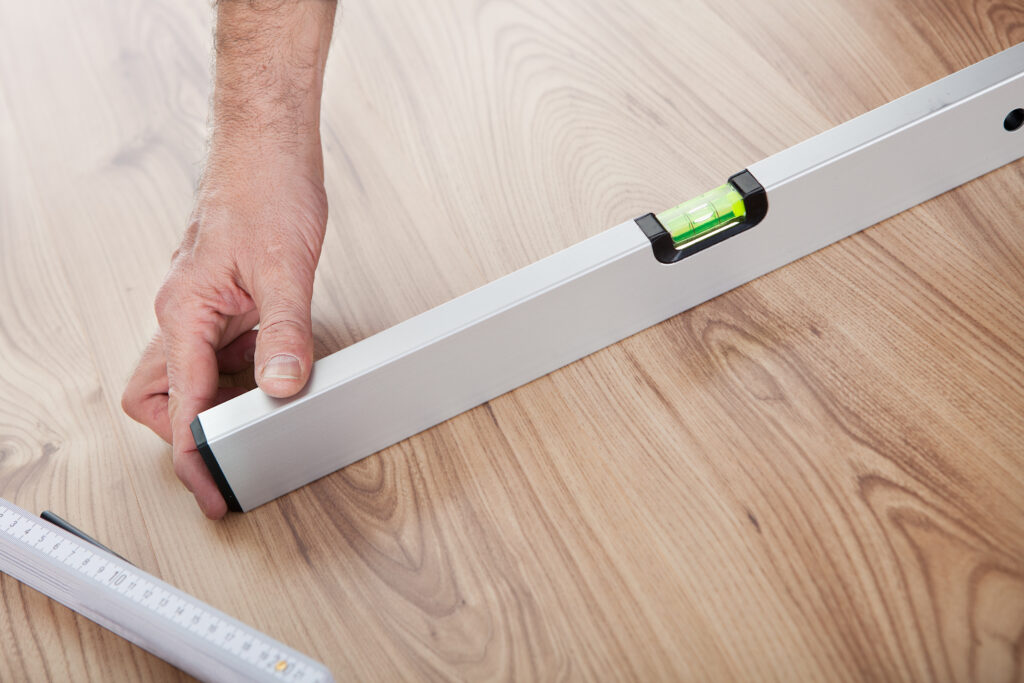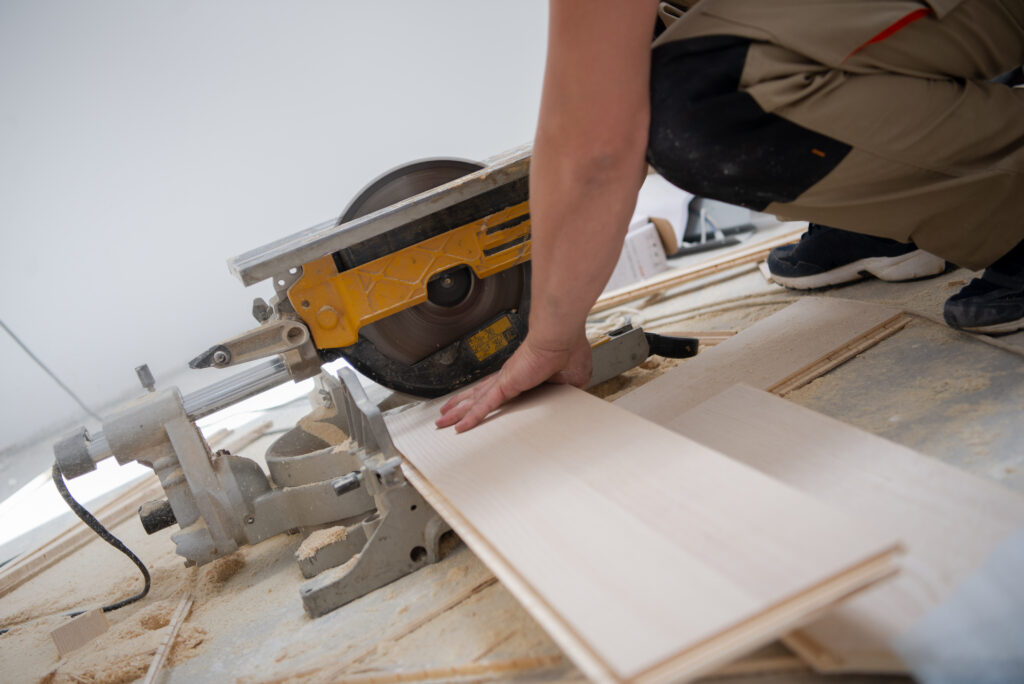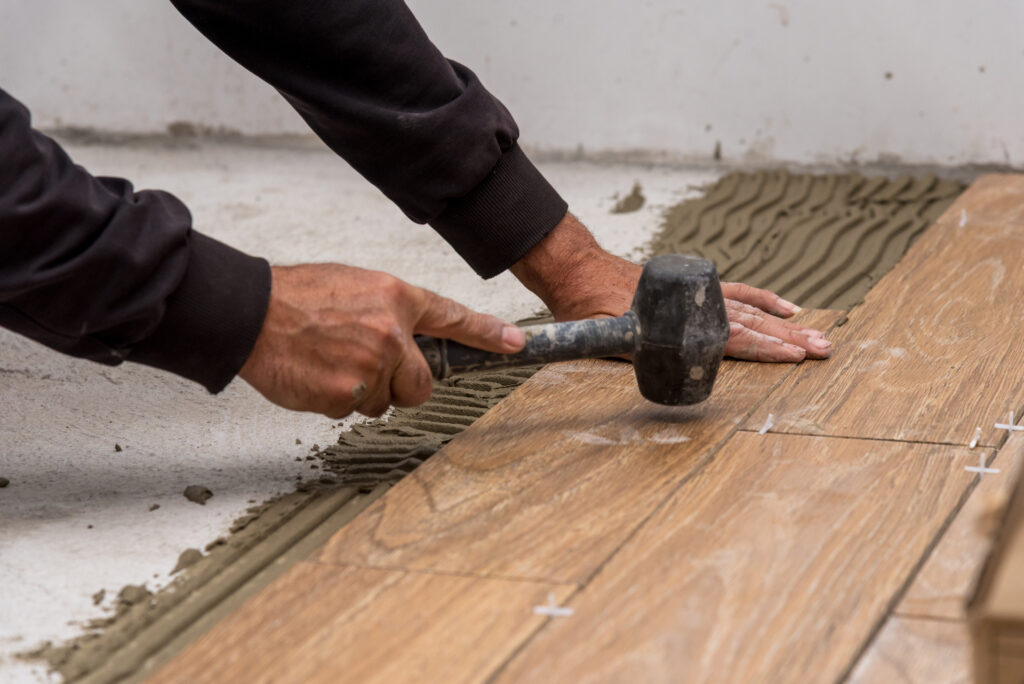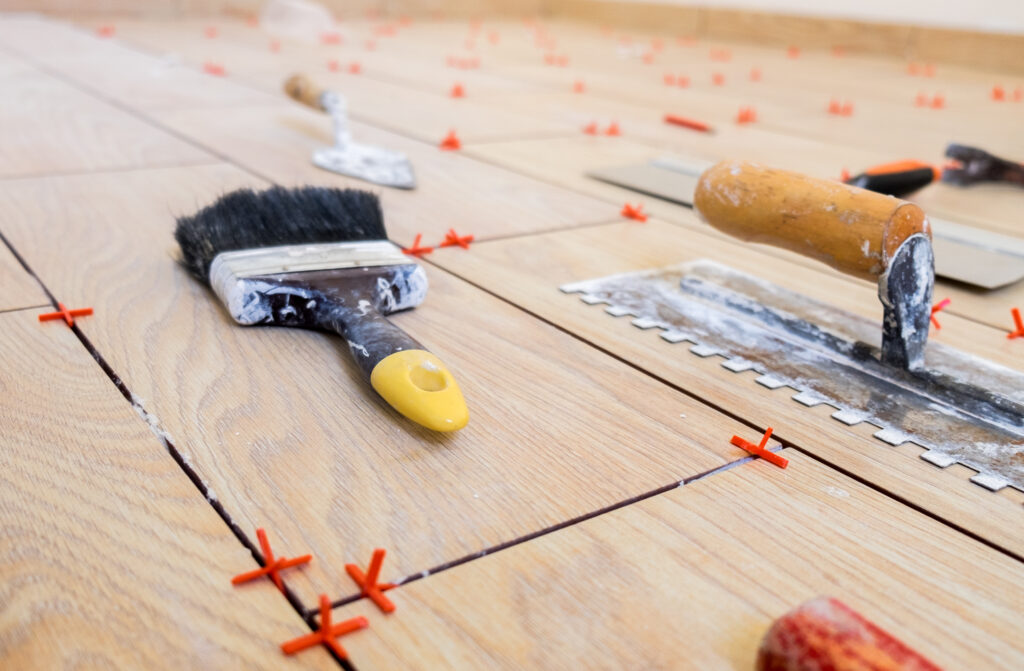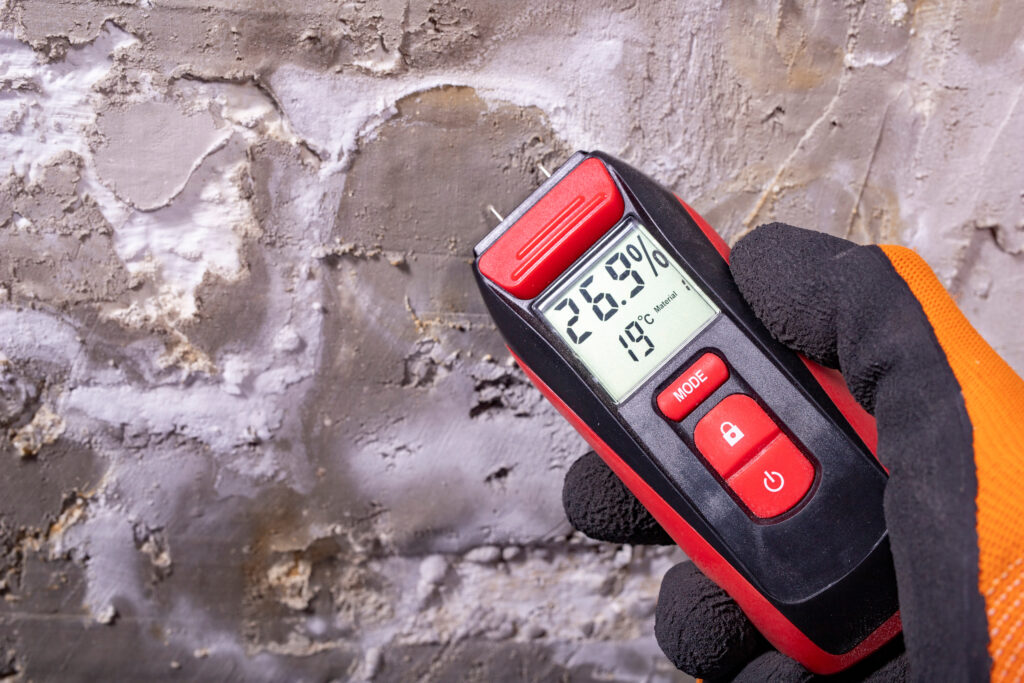When it comes to vinyl floor installation, it’s all about the details. These details are often overlooked by novice installers who only know the basics of laying down a new floor. Have no fear – with the right tips and tricks, you can get perfect results time and time again. Whether you’re a professional flooring installer, or a newer installer just starting out, follow these tips and tricks for a flawless vinyl floor installation every time.
Use the Right Tools
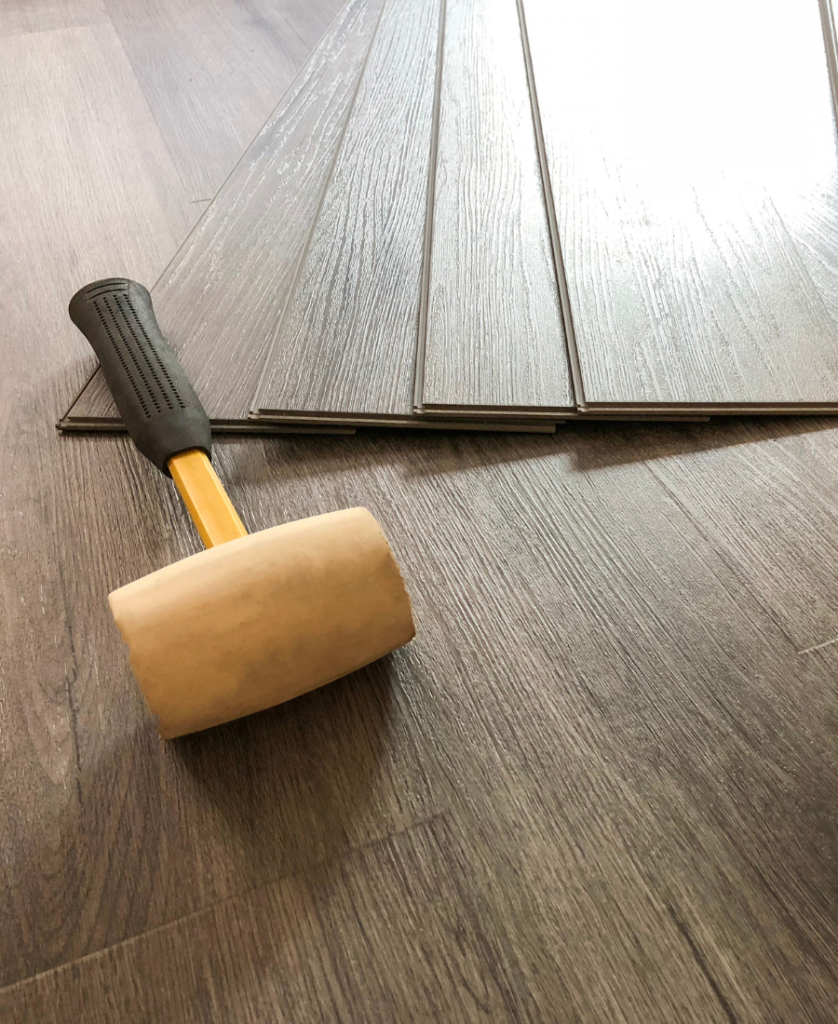
Having the right tools for the job is essential. Make sure you have a utility knife, a pull bar, spacers, a pencil, a tape measure, a ruler, a large combination square, a white rubber mallet, goggles, and a saw with a fine tooth. Advanced tools are optional but recommended, like a combination saw, a table saw, a Roto Zip with a carbide tip, a jigsaw, a HEPA vacuum, a circular saw, an undercut saw, and a D-Cut LP-330 LVT/VCT/WPC Flooring Cutter.
Acclimate
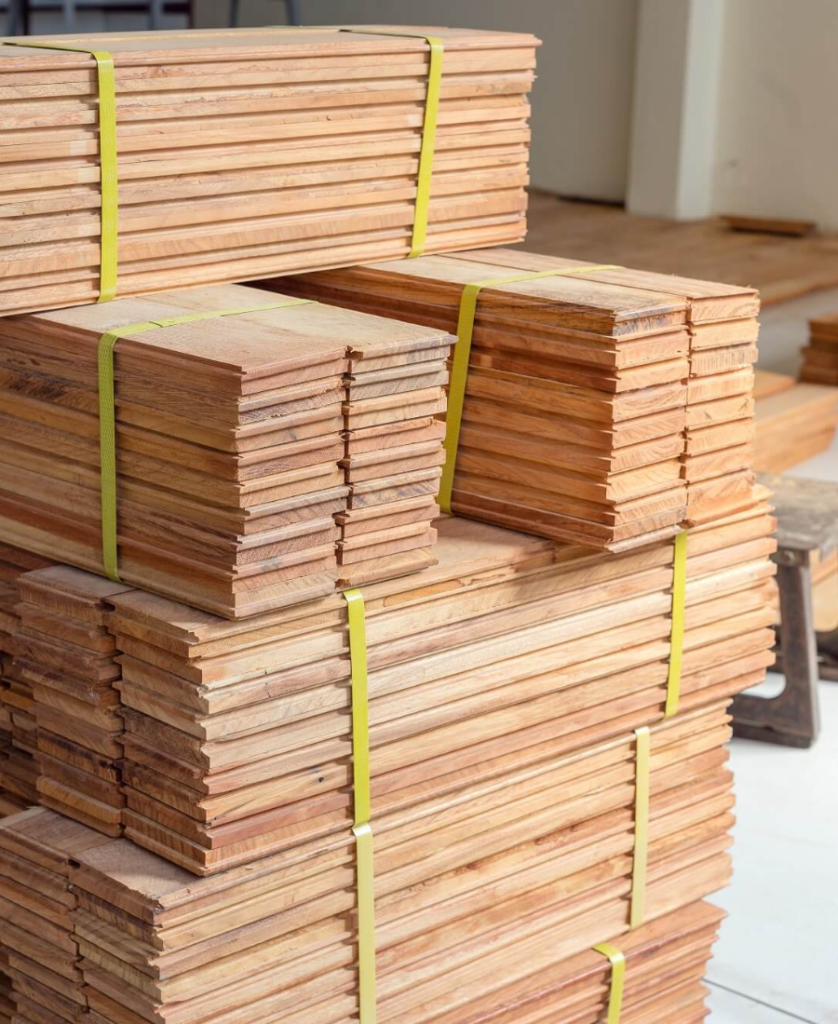
Our next tip for perfect vinyl floor installation is to acclimate your flooring: allowing the planks or tiles to adjust to the room’s temperature and humidity before starting the installation. Make sure that you are working in a climate-controlled environment with constant ambient temperatures of 65°F (approx. 18°C) for 48 hours before, during, and after beginning the installation.
Layout & Staggering

An important part of the installation process is the layout and staggering of the planks or tiles. For a perfect result, you should start in one corner of the room and work your way out towards the opposite wall, randomly staggering the ends. You should also work with multiple boxes at a time in order to create a natural-looking variation on the floor.
Moisture Barriers
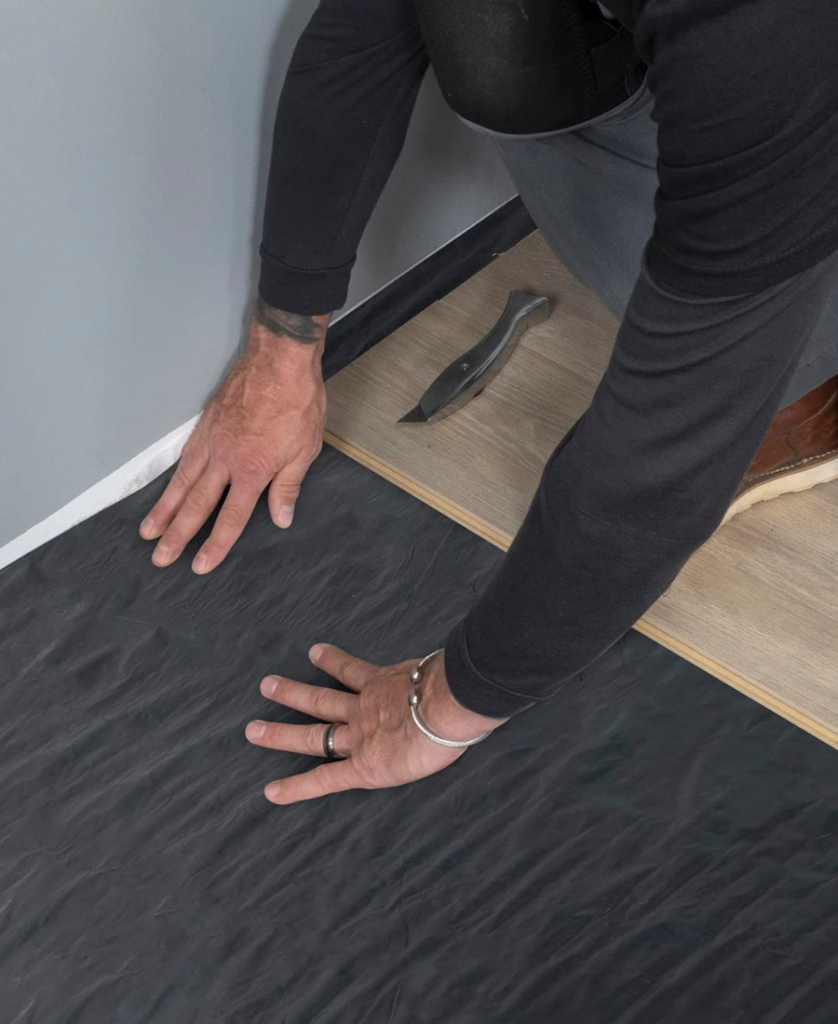
Often overlooked, moisture barriers are a must-have for any vinyl floor installation. It is recommended that you use a Garrison Moisture Barrier (or equivalent product) at least 6 mil thick (We recommend 10 mil). This will add an additional layer of protection against excess moisture and seasonal changes.
Overall
Vinyl floor installation can be tricky for those without the proper experience and know-how. But, by following these tips and tricks, you’ll be well on your way to perfect vinyl floor installation. With the right preparation and tools, you can create a floor that you and your customers will love.
Looking for an on-the-go reference? Our Vinyl Installation Instructions are available here.
If you need help or have any questions, you can contact us here and our flooring specialists will be in touch soon.
